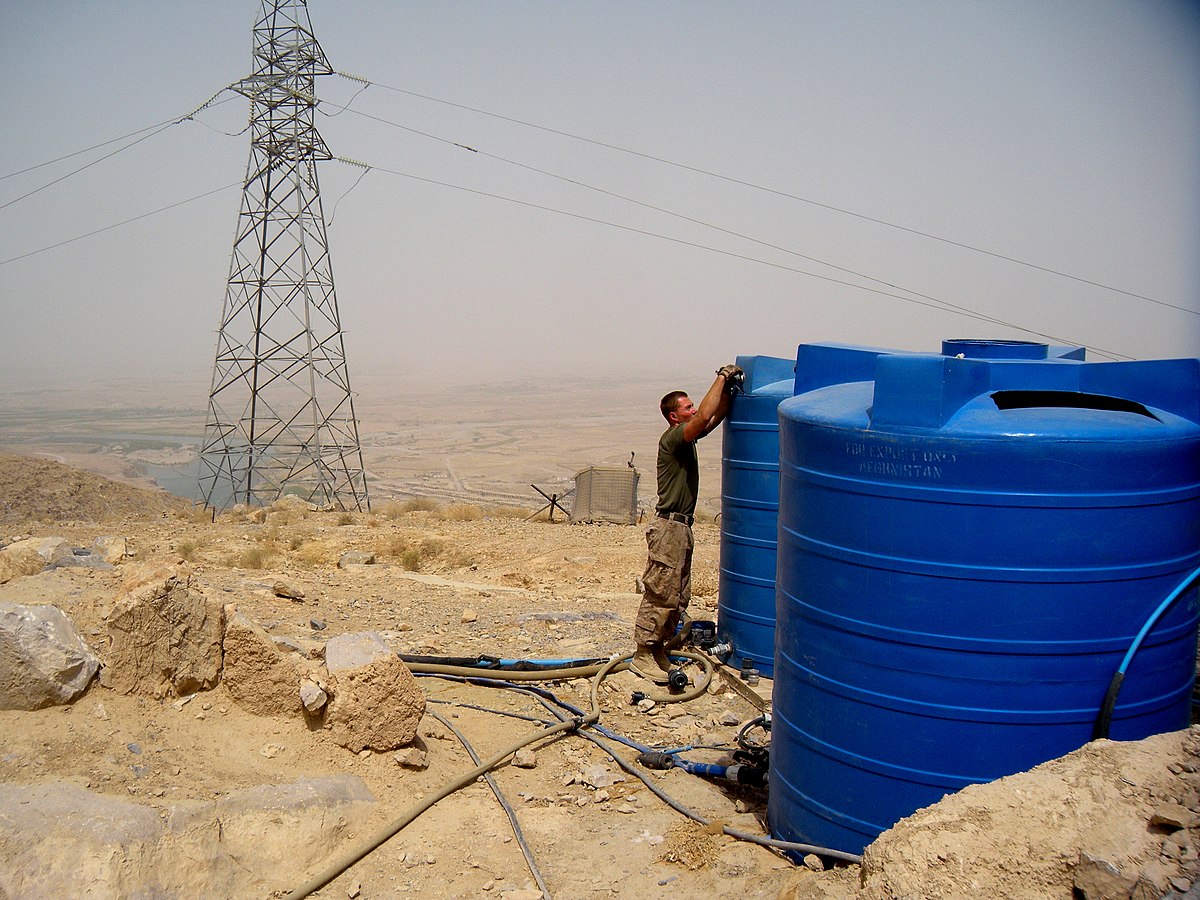Researchers at the École de technologie supérieure (ÉTS) in Canada have developed PV-powered water purification technology based on capacitive deionization (CDI), which is a technique being increasingly used for removal of ionic as well as polarizable species from water and is commonly utilized for the desalination of water with a low or moderate salt concentration.
The technology is also claimed to have low operational cost, enhanced energy efficiency, and less water rejection compared to conventional purification techniques.
“Our new technology does not require a storage media in between the PV panel and the CDI desalination cell,” the research's corresponding author, Alaa Ghamrawi, told pv magazine. “It relies on a dedicated algorithm for the application of Photovoltaic energy to the desalination process, as well as a new MPPT technology based on flow adjustment and not electrical power conversion.”
The system prototype uses a photovoltaic panel equipped with a diode and a shunt resistor. The panel is DC-connected to a membrane capacitive deionization (MCDI) cell that creates a short circuit or applies reverse voltage on the electrodes when the maximum concentration of ions is reached during adsorption.
The MCDI cell also uses the flow rate as a control parameter. “The variation of the flow rate will be an essential factor to adapt the
MCDI cell impedance and eventually the load applied on the PV panel,” the scientists explained, noting that they were able to control this flow rate to optimize the power produced by the solar module via a new algorithm, which they called Maximum Salt Adsorption Tracking (MSAT).
After testing the prototype under different operating conditions, the researchers found that the PV-powered MCDI cell was able to produce 28 liters of desalinated water on a sunny summer day, compared to 24 liters for a conventional MCDI unit. They also found that the MSAT tracking efficiency is 98.6%, which they claim is comparable with conventional MPPT.
“Conventional MCDI cells require more costly MPPT controllers for a high performance,” Ghamrawi explained, referring to the economical gains of a direct DC connection. “The battery cost for each CDI cell is about $200 for a 200AH device. Then, there is also the cost of the controller which is approximately around $10 and the MPPT micro-controller costs more than $20.”
The proposed system is described in the paper “Maximum salt adsorption tracking in capacitive deionization cell powered by photovoltaic solar panel,” published in Desalination. “For the time being, we have started the commercial design by developing the electronic board and the system components,” Ghamrawi said.
This content is protected by copyright and may not be reused. If you want to cooperate with us and would like to reuse some of our content, please contact: editors@pv-magazine.com.




3 comments
By submitting this form you agree to pv magazine using your data for the purposes of publishing your comment.
Your personal data will only be disclosed or otherwise transmitted to third parties for the purposes of spam filtering or if this is necessary for technical maintenance of the website. Any other transfer to third parties will not take place unless this is justified on the basis of applicable data protection regulations or if pv magazine is legally obliged to do so.
You may revoke this consent at any time with effect for the future, in which case your personal data will be deleted immediately. Otherwise, your data will be deleted if pv magazine has processed your request or the purpose of data storage is fulfilled.
Further information on data privacy can be found in our Data Protection Policy.